
|
Noise Filtering and Sharpness in the E-620 |

|
My other articles related to the |
|
This experiment was intended to show what combination of sharpening and noise filtering in the E-620 gives the most satisfactory results in resulting images. It is similar to the one I did for the E-3 a year earlier. General information Before the pictures taken can be viewed, they have to be converted to RGB form. I keep repeating that, but I still hear people talking about comparing RAW [sic!] images to RGB (JPEG) ones, an obvious misunderstanding. What that really means, is that there may be a difference between RGB images converted in-camera, with the manufacturer's firmware, and those converted in postprocessing, using some other software. If that software is better than the one built into the camera (or its parameters are tweaked better), the RGB images may indeed, turn out more satisfactory, but this may go both ways. You always compare JPEGs against JPEGs (or other RGB format, putting compression issues aside), period. In this article I am dealing with some settings of the built-in conversion, which affect the image quality. Therefore it is of interest only to those (like myself) who save their images as JPEGs, already converted, as opposed to "shooting raw" (which is a misleading term: the shooting process is identical in both cases). Among the conversion parameters, two play a special role, defining the resolution and noise level, both at the same time. One is the degree of sharpening, another — the intensity of noise filtering. They work, in a sense, against each other: more sharpening increases the visible noise; more noise removal negatively affect image sharpness (resolution, detail). This is why to use the camera to the best of its capabilities (or most to our liking) we have to come up with the optimum combination of both these parameters. This may depend on a number of other factors, most of all, the ISO setting, but also on your personal preferences. Therefore the conclusions of this study are doomed to be subjective: based on my own taste. You can, however, use the intermediate results (image samples) to come up with your own preferred settings, different than mine. For reasonably short exposure times, below a few seconds (where the random noise is predominant, not the static one), the results do not depend on exposure times. This is to be expected: after all, shutter speeds are adjusted to provide a given total amount of light reaching the sensor; I was also able to verify it experimentally. The experiment layout used here is simple: for every (round) ISO settings I shot a series of pictures, covering all combinations of noise filtering and sharpness (the latter within limits set by the Natural Picture Mode). The results are presented as matrices of cropped samples in 1:1 pixel scale, so that, with a close inspection, you may choose the combination most to your liking. Actually, a more accurate way is comparing the full (or at least larger) samples in an image viewer, alternating between them full-screen. That's why I did, a time-consuming but more accurate process. Unfortunately, posting full image files here would be infeasible: they take about 1 GB of space. The sample matrix The scene used for the analysis was shot through my patio door, so that I could stay closer to my laptop and beer. It was shot just before dusk, with only the treetops still sunlit. Here is how it looked: | |
|
Lens: 12-60 mm ZD at 21 mm.
Exposure: aperture priority (-0.3 EV) at F/8; from 1/4 s at ISO 100 to 1/60 s at ISO 3200 (not 1/125 s, as it was getting progressively darker through the course of the session, but I do not mind that). White balance: manually set to 5300°K. Light source: Shade before sunset Focus: Single AF Processing: Natural Picture Mode, contrast at 1, saturation at 0, normal gradation; 1:2.7 JPEG compression. Sharpness and noise filtering as shown below. |
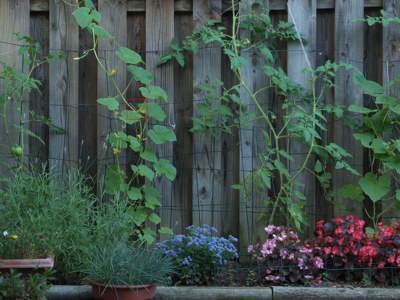 This sample at ISO 100, sharpness N-1, NF at Low |
|
ISO 100 | |

| 
| 
| 
| |
|---|---|---|---|---|

| 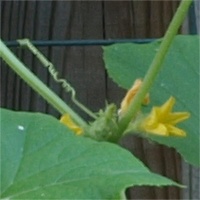
| 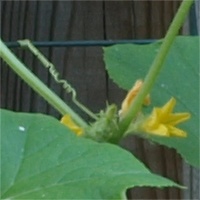
| 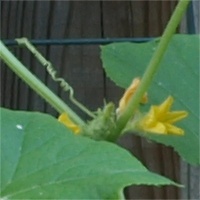
| 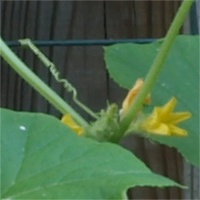
|

| 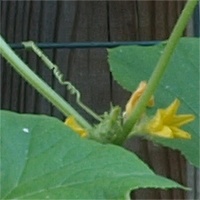
| 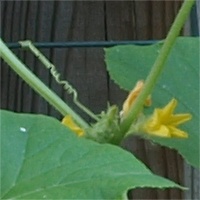
| 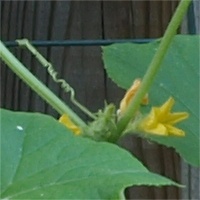
| 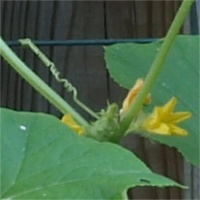
|

| 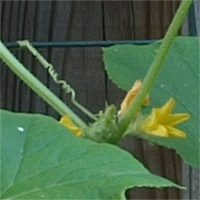
| 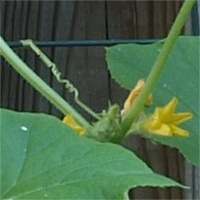
| 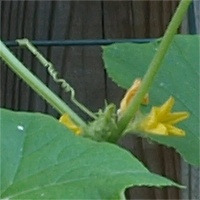
| 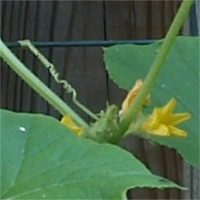
|

| 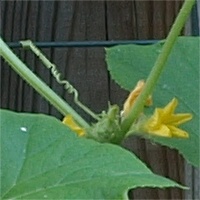
| 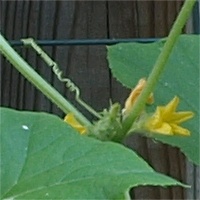
| 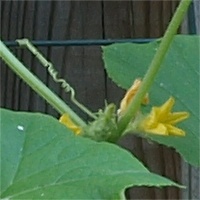
| 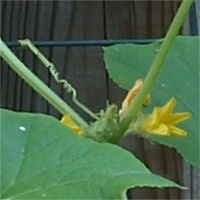
|

| 
| 
| 
| 
|
|
ISO 200 |

| 
| 
| 
| |
|---|---|---|---|---|

| 
| 
| 
| 
|

| 
| 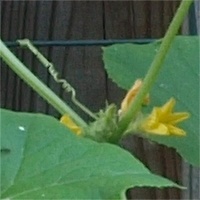
| 
| 
|

| 
| 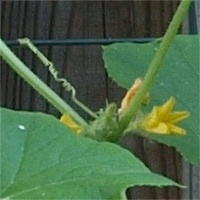
| 
| 
|

| 
| 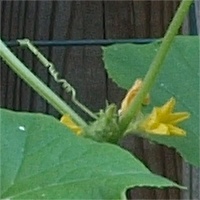
| 
| 
|

| 
| 
| 
| 
|
|
ISO 400 |

| 
| 
| 
| |
|---|---|---|---|---|

| 
| 
| 
| 
|

| 
| 
| 
| 
|

| 
| 
| 
| 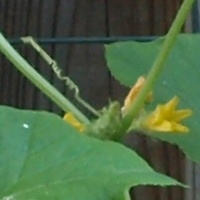
|

| 
| 
| 
| 
|

| 
| 
| 
| 
|
|
ISO 800 |

| 
| 
| 
| |
|---|---|---|---|---|

| 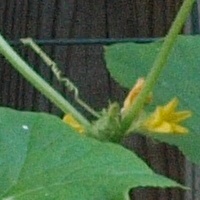
| 
| 
| 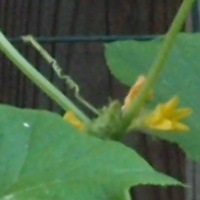
|

| 
| 
| 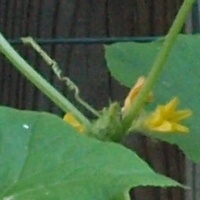
| 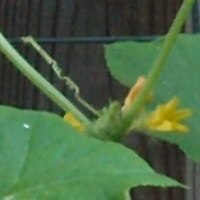
|

| 
| 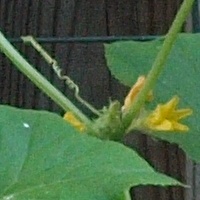
| 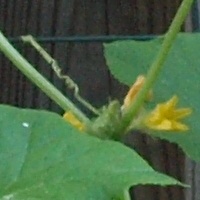
| 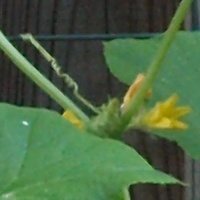
|

| 
| 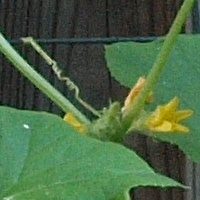
| 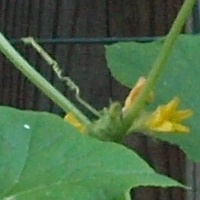
| 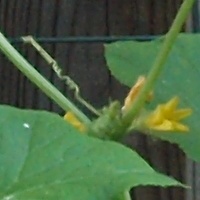
|

| 
| 
| 
| 
|
|
ISO 1600 |

| 
| 
| 
| |
|---|---|---|---|---|

| 
| 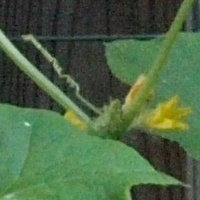
| 
| 
|

| 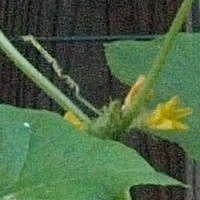
| 
| 
| 
|

| 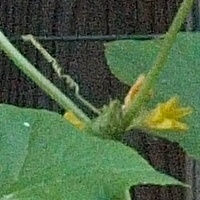
| 
| 
| 
|

| 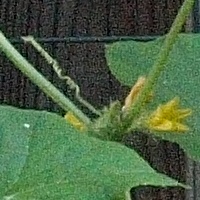
| 
| 
| 
|

| 
| 
| 
| 
|
|
ISO 3200 |

| 
| 
| 
| |
|---|---|---|---|---|

| 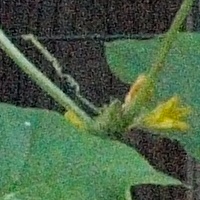
| 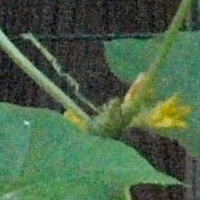
| 
| 
|

| 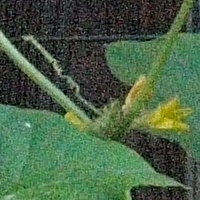
| 
| 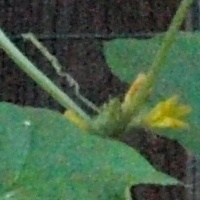
| 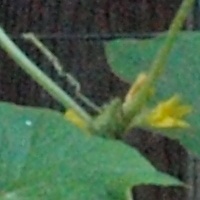
|

| 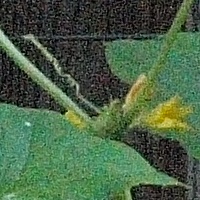
| 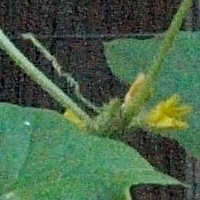
| 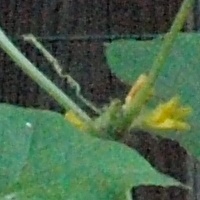
| 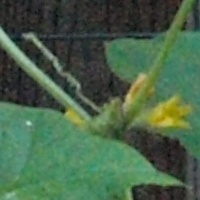
|

| 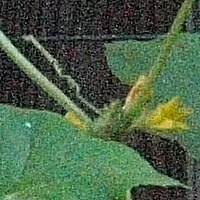
| 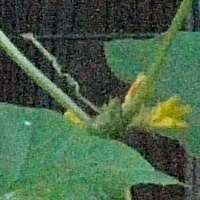
| 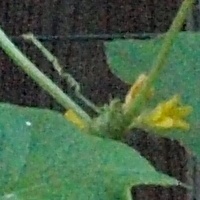
| 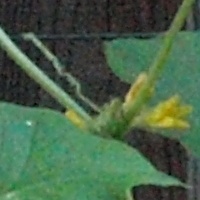
|

| 
| 
| 
| 
|
|
Interpretation of results This takes lots of pixel-peeping, and it is really better to scrutinize full frames; that's what my interpretation is based on. First of all, I'm for as conservative (low) settings here as possible without compromising the image quality. Images with lower in-camera adjustments submit themselves better to such adjustments in postprocessing. Still, I try to avoid applying noise reduction in the latter stage (except of highest ISOs, where it becomes a necessity), so I had to work out some compromise there. In terms of noise removal, the most visible difference is between the settings of Off and Low. This happens at practically no expense in terms of resolution. For ISOs up to 800, the Low setting is, definitely, my favorite. On the scale of image sharpening, I would like to stay at lower values; at high-contrast contour transitions (if not in these pictures) this adjustment may cause visible artifacts — even if in the E-620 the effect is less visible than in the previous Olympus SLRs (not to mention some others). The bottom line for ISO 100 to 800: Low and Natural-1. At ISO 1600 and 3200, the combination of Standard and Natural-1 looks better, to me at least. I am going, however, to keep the above settings as my camera's defaults, for two reasons. One is that I hate going deep into the menu system (14 button presses or so) every time I change the ISO and need to adjust the noise filter level. The second one is that for these ISOs I usually apply noise removal with Neat Image anyway, and less in-camera correction may also mean fewer NF artifacts to deal with at that stage. The performance at my chosen settings To wrap things up, let me show you somewhat larger fragments of the same samples, for my chosen Low/N-1 combination. Links to full frames are provided. |
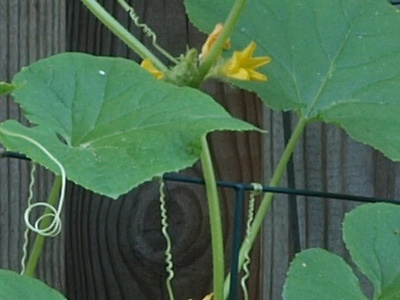
|

| |
| ISO 100 [full frame] | ISO 200 [full frame] | |
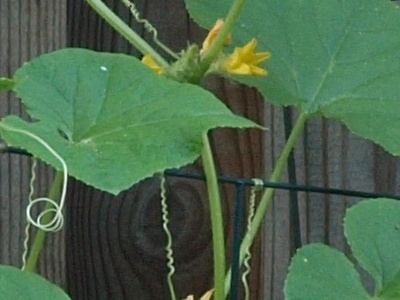
|
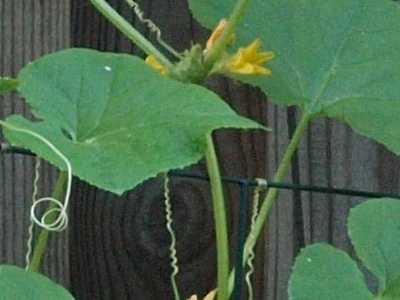
| |
| ISO 400 [full frame] | ISO 800 [full frame] | |
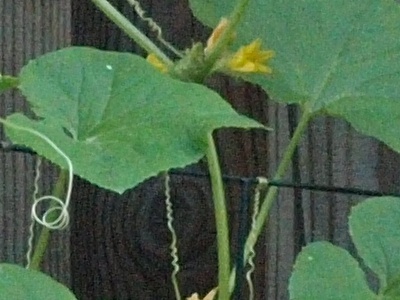
|
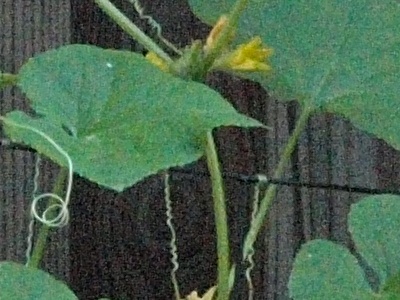
| |
| ISO 1600 [full frame] | ISO 3200 [full frame] |
|
Note that the subject is quite busy, without much low-detail area (where the noise may usually be most visible, but where it is also easiest to remove later). With all that, we can see that ISO 800 is quite clean and does not show much of detail loss, but even ISO 1600 is quite presentable: the noise is not excessive, it shows a nice, tight pattern, and the detail still holds quite well. ISO 3200 fares much worse, but it is less outrageous than ISO 400 in many compact cameras I've seen. |

|
My other articles related to the |
| Home: wrotniak.net | Search this site | Change font size |
| Posted 2009/07/01 | Copyright © 2009 by J. Andrzej Wrotniak. |